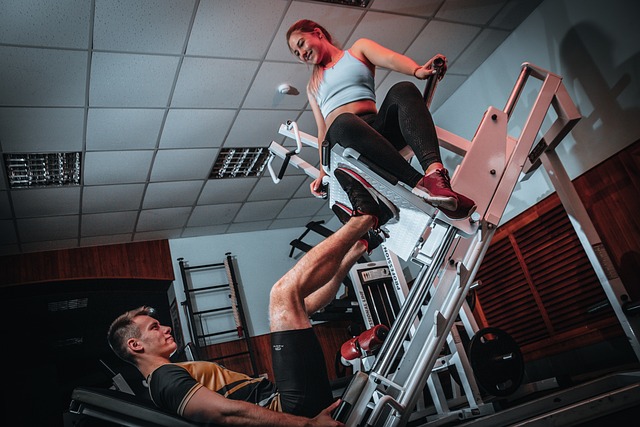
The leg press is a popular exercise machine used to strengthen and tone the muscles in the lower body, particularly the quadriceps, hamstrings, and glutes. While the amount of weight that can be added to the machine is determined by the user’s fitness level and goals, it is still essential to understand how heavy the leg press is without weights.
Weight of a Leg Press Machine
The weight of a leg press machine without added weight varies depending on the specific make and model. However, in general, the weight of the machine itself can range from 45-90kg. This weight is made up of several components, including the frame, the seat, the backrest, and the footplate.
The frame of the leg press is typically made of steel or other durable materials and is designed to support the weight of the user and any additional weight added to the machine. The frame can weigh anywhere from 50 to 100 pounds, depending on the size and construction of the machine.
The seat and backrest of the leg press are designed to provide comfort and support to the user during the exercise. They are usually made of padded materials such as foam or leather and can weigh between 10 to 20 pounds.
The footplate of the leg press is part of the machine that the user pushes against to perform the exercise. It is typically made of steel or other sturdy materials and can weigh between 20 to 50 pounds, depending on its size and construction.
Overall, the weight of a leg press machine without added weight can range from 45-90kg. This weight is significant and should be taken into consideration when determining the appropriate weight to add to the machine for your fitness level and goals.
It is essential to note that the weight of the leg press machine is not the only factor to consider when determining how heavy the exercise is. The angle of the footplate, the range of motion, and the number of reps and sets performed can all impact the intensity of the exercise.
For example, a leg press machine with a steeper angle of the footplate will require more force to lift the weight, making it a more challenging exercise. Similarly, performing the exercise with a full range of motion, meaning lowering the weight until the knees are bent at a 90-degree angle, will increase the difficulty of the exercise.
In addition, the number of reps and sets performed can impact the overall intensity of the exercise. Performing multiple sets of high reps can increase endurance and cardiovascular fitness, while performing fewer sets with heavier weights can help build strength and muscle mass.
When using a leg press machine, it is essential to start with a weight that is comfortable and manageable and gradually increase the weight over time. It is also important to maintain proper form throughout the exercise to prevent injury and maximise the effectiveness of the workout.
In conclusion, the weight of a leg press machine without added weight can range from 100 to 200 pounds, depending on the specific make and model. This weight is made up of several components, including the frame, seat, backrest, and footplate. However, the overall intensity of the exercise is impacted by factors such as the angle of the footplate, range of motion, and the number of reps and sets performed. As with any exercise, it is important to start with a weight that is comfortable and manageable and gradually increase the weight over time while maintaining proper form to prevent injury and maximise results.